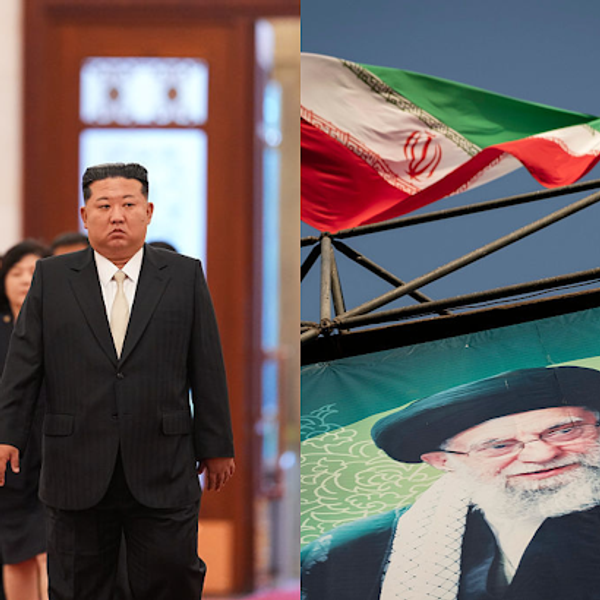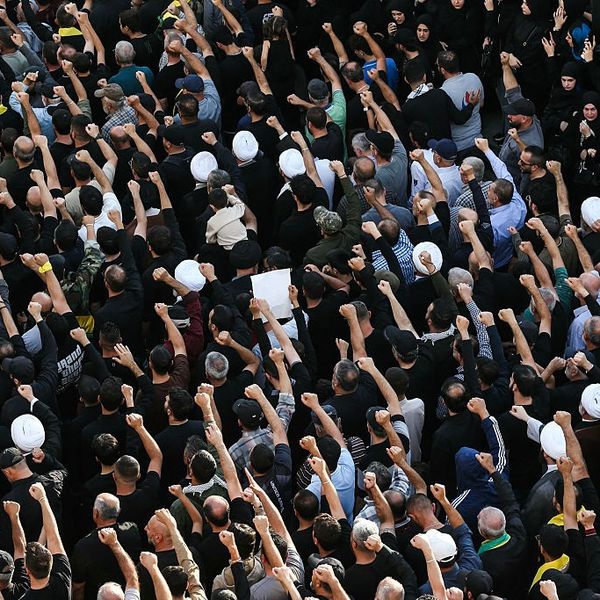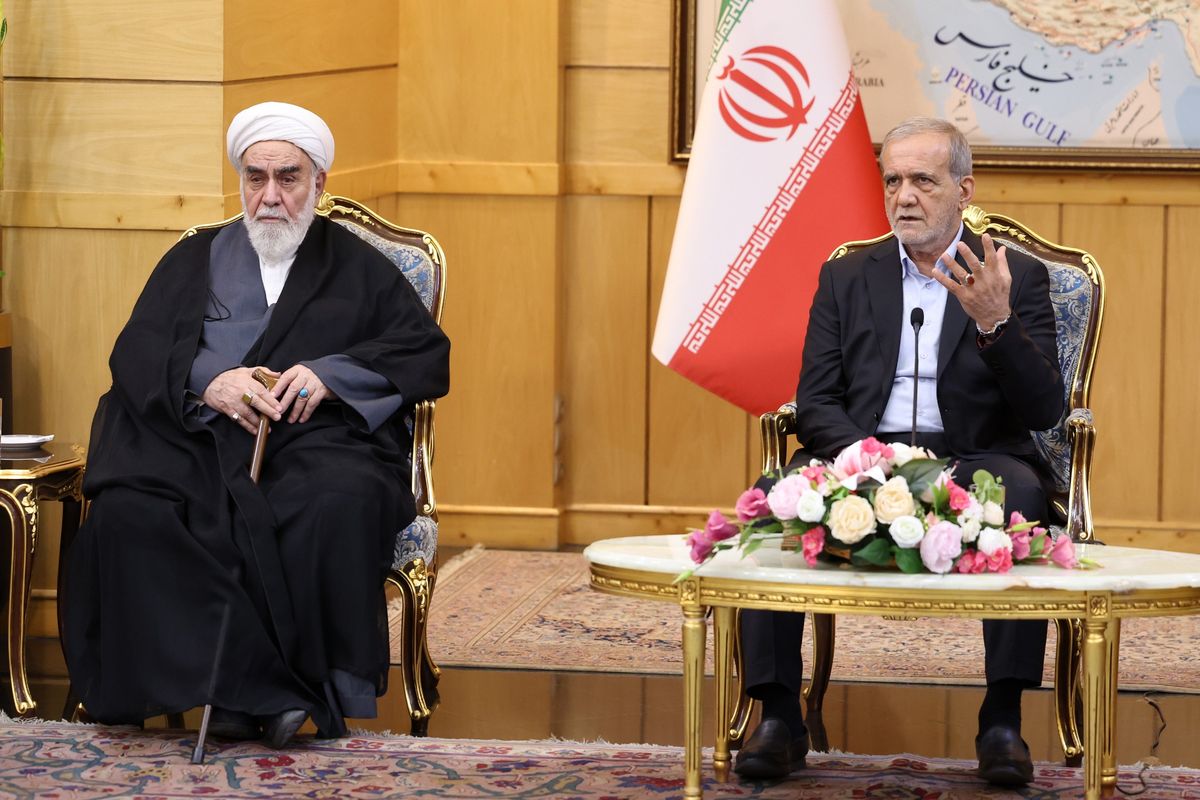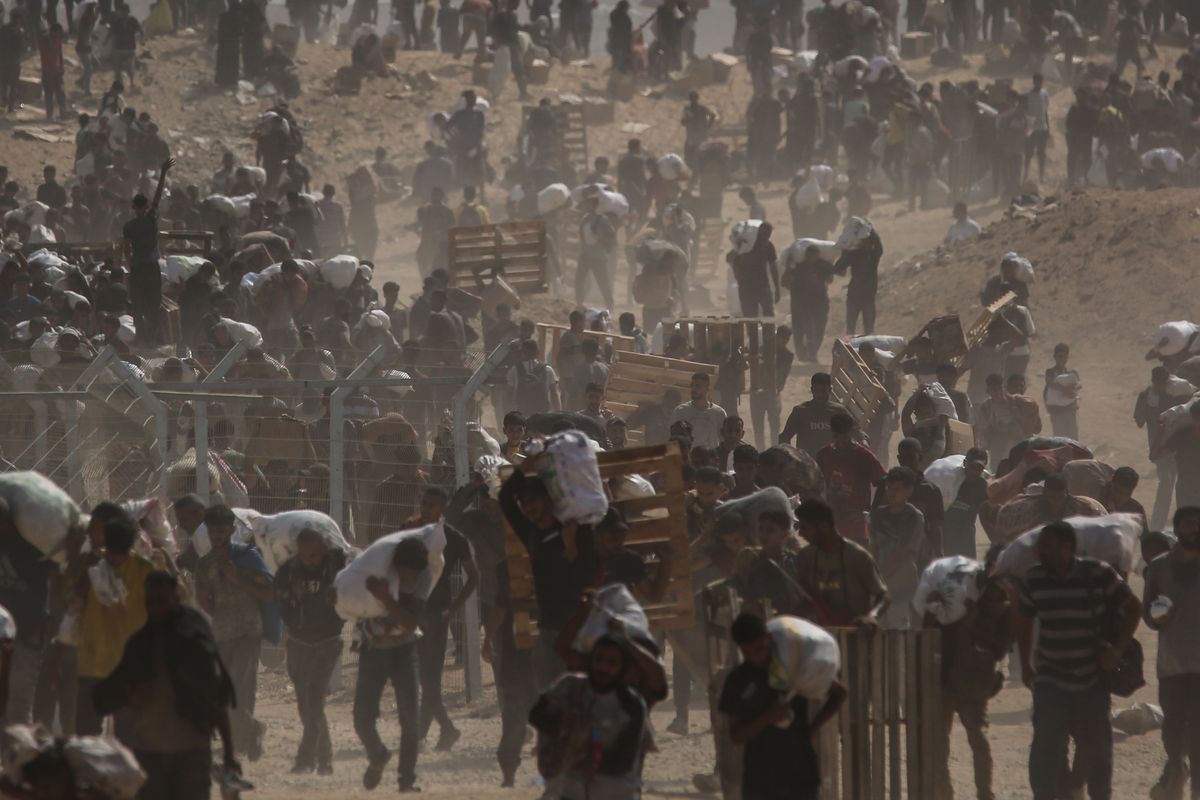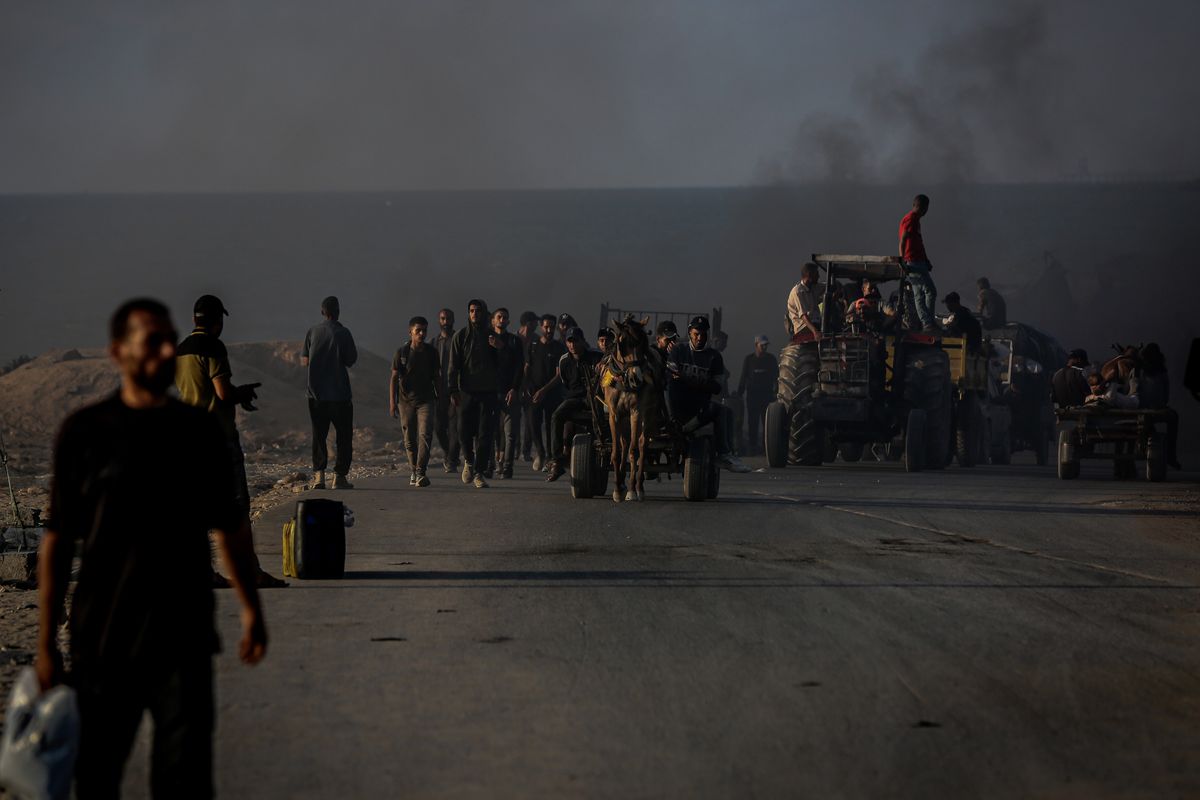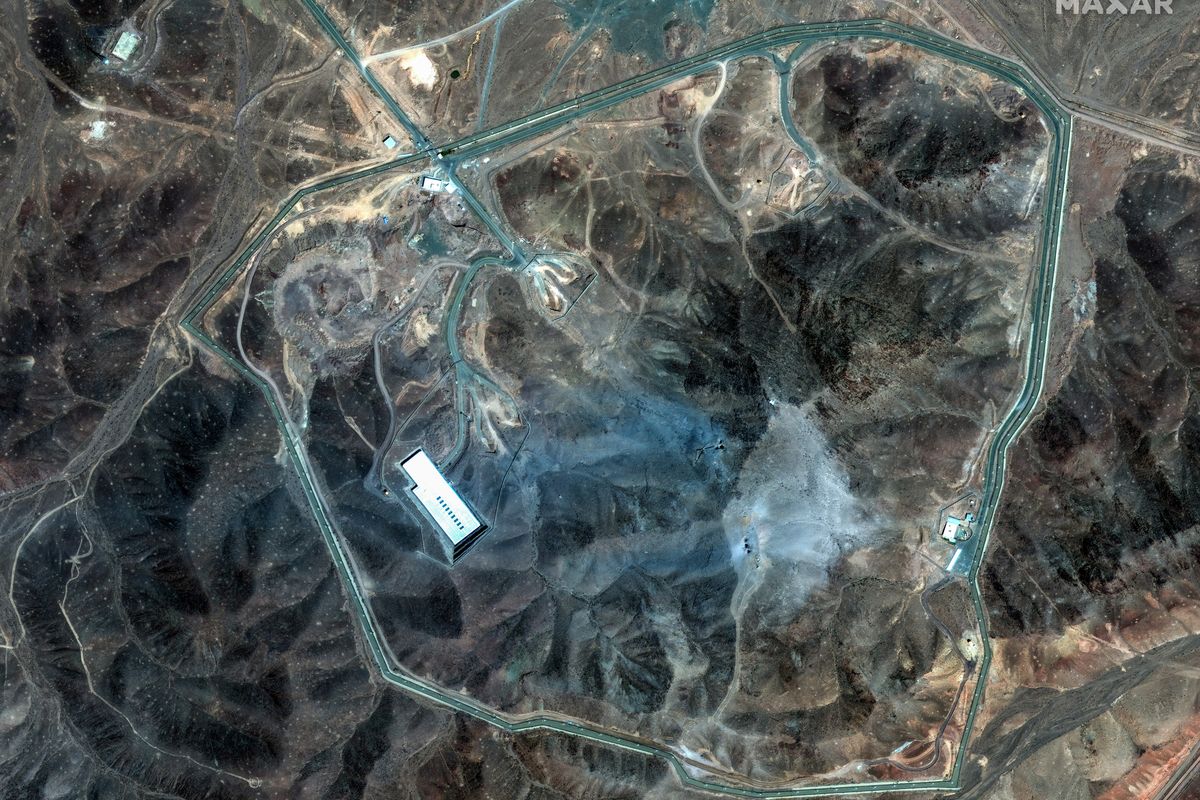In early January, Tunisia and Iran witnessed remarkably similar periods of spontaneous and widespread unrest. In each case, the demonstrations failed to rise to revolutionary levels, but the protests lingered for days and the worst of the violence was contained only after hundreds of arrests. Low level protests continue in each country to this day.
Although the scale of Iran’s initial unrest captured much of the world’s attention, policymakers and investors would be well advised to consider the two events together. To do so shows that protests in each country were driven by the same complaints that ignited the Arab Spring, leaving few doubts that the region remains susceptible to further and sudden fractures. Indeed, many leaders in the Middle East likely squirm in response to the popular Tunisian protestors’ campaign call "Fech Nestanaou." (What are we waiting for?)
The Path to Unrest
The outbreak of the unrest followed a familiar path in each country. After months of open discussion of sagging economies, protests erupted in cities across Tunisia and Iran. Crowds of rudderless demonstrators complained about austerity budgets, corruption, inflation of basic foodstuffs and persistent high unemployment. Although at first glance, the region’s sole liberal Arab democracy and sole theocratic autocracy have little in common, their political and economic backgrounds do share some common characteristics.
Each country is led by an aged leader who must wonder if reform will unravel an increasingly-brittle political architecture. Iran’s Supreme Leader Ayatollah Ali Khamenei is 78 and reported to be in poor health. At 91, Tunisia’s President Beji Caid Essebsi is the second oldest leader of any country in the world.
Their immediate subordinates, Tunisian Prime Minister Youssef Chahed and Iran’s President Hassan Rouhani, came to power having convinced voters that they could reform economies mired in mismanagement and increase development opportunities among the poor. They failed to do so. Official figures for unemployment show 12.6% in Iran and 15.2% in Tunisia, and their supporters appear increasingly disappointed and disillusioned.
Although actual poverty has declined in each country, in each case, the poor seem to be getting poorer. According to BBC Persian, Iranians on average have become 15% poorer in real terms over the past decade, almost half of which has been during the tenure of Hassan Rouhani.
Tunis’ protests were sparked, in part, by government plans to increase the cost of telephone calls, tea, cooking gas and coffee. Iran and Tunisia possess large youthful populations that suffer from unemployment, which is especially widespread among each country’s college-educated population.
Connected by social media, this generation feels increasingly emboldened to express a discontent that seems to be approaching despair. The expansion of mobile phone use in the region has provided an accelerant to social media connectivity. Whereas only 16.2% of Iranians owned smartphones in 2011, the number has steadily increased since then reaching 41.3% in 2016. More than 65% of Tunisians own a cell phone.
Lastly, Tunisia and Iran have become protest economies, their fraying social nets increasingly perceived as being unable to offer the protections sought by their people. As a result, these countries see (and will continue to see) hundreds of economic protests, strikes and demonstrations each year by unpaid workers and disgruntled citizens.
What Happens Next?
Although a few hardliners in Iran spouted dark threats against protesters and preposterous claims of foreign instigation, the days are gone when Iran’s president can refer to demonstrators as “dirt and dust.” Instead, Iranian and Tunisian political leaders on each side of left and right openly spoke of their sympathy with protester demands. Yet hope for greater reform seems unjustified. Tunisian centrists remain disorganized, and few believe Tunisian Prime Minister Youssef Chahed’s claim that 2018 will be the last difficult year for post-revolutionary Tunisia.
Rouhani’s modest efforts against Iran’s entrenched Revolutionary Guard seem to do little more than irritate his rivals, and Tehran’s hardliner and pragmatic conservatives have used the unrest to attack the policies of their respective opponents.
In truth, it is unlikely that either government is capable of resolving its deep economic problems in the near term. Each has proven unable to slim either its bloated public sector or public debt, and tough reforms are likely to draw political heat and probably more unrest.
In the seven years since Ben Ali stepped down, Tunisia’s economic successes are recognized as having been too few. Chahed’s fiscal belt tightening has won him IMF support, but provoked strong protests from Tunisia’s labor leaders. He backed down from reforms only a year ago and, as events have shown, the delay did little to make the proposed reforms any more acceptable.
Recent oil price increases have become an untimely drain of Tunisia’s precious hard currency, as the former oil producer now relies on oil imports, and inclusion on the European Union’s black list of tax havens will do little to increase the investor confidence Chahed’s government seeks.
In Tehran, Rouhani and his technocrats have failed to raise living standards despite more than four years of promises and a contentious nuclear deal that promised a better economy through sanctions relief.
So what should be done? The world should see these two examples of unrest for what they are: evidence that the conditions that produced the chaos and violence of the Arab Spring bubble throughout the region. The twin problems of youth unemployment and the growing gulf between the “haves” and “have nots” demand urgent attention.
Fortunately, the impending collapse of ISIS will allow for (indeed require) a shift of attention and resources to the region to prevent militants fleeing Syria and Iraq from establishing new bases in Africa. Tunisia – despite the government’s best efforts – is recognized as the largest source of foreign fighters for Syria and Iraq and must worry what will happen as these seasoned militants return home. Counterterrorism resources will always be welcome, but the region urgently needs new solutions to its interminable economic problems or those who recently filled Tunisia’s streets and the battlefields of Syria and Iraq will see no alternative to protest and violence.
Few therefore will doubt that European and U.S. support for Tunis must continue, albeit with a scrutiny some Tunisian leaders will find unwelcome. In particular, Washington should refrain from reducing support, although further assistance must be framed to ensure Tunisia gradually adopts the structural and anti-corruption reforms its economy requires.
But Iran requires a different course. The nuclear deal remains an important achievement that we should not discard lightly. But the deal should not tie our hands against actions which respond to Iran’s region destabilizing-behavior and Iran’s leaders must know that their decisions carry a cost. For this reason, Iran should not count on the foreign investment it so urgently requires until its leadership reins in its expeditionary Qods Force, and foreign companies would be wise to consider whether they wish to risk investments in a country that will face expanding international pressure.
Finally, the solutions to the Middle East’s difficulties must be found within the region itself and here we have reasons for hope. The unprecedented scale, ambition, and complexity of Saudi Arabia’s reforms have drawn Western concern, but even Riyadh’s harshest critics complain more of the haste and tactics associated with this initiative than its goals.
Certainly, many of these projects will take years to execute and it remains to be seen if the Saudi leaders will be able to execute so many difficult and transformational projects. The international community should consider how best it could accelerate and guarantee this success, not only because the economic, social, and religious opportunities it offers, but because the consequences of failure will be significant.
It is hard to look at Egypt’s ever-growing population (two million more Egyptians are born annually) and not wonder how this resource-poor country will survive in coming years. For this reason, Saudi and Emirati efforts to create a new economic zone in the Red Sea should have our closest attention, just as we do all we can to support the Saudi Kingdom’s plans to promote a more tolerant form of Islam.
Absent satisfying the original demands of the Arab Spring – bread, dignity, political freedom and social justice – the next wave of protests are simply a matter of time and will likely be the first signs that returning jihadists seek to establish themselves in Tunisia and other frail states of the region. The Jan. 9 fire bombing of a Tunisian synagogue illustrates what may lay ahead.
Iran shows no sign of diminishing its adventurism, which will only sharpen sectarian infighting and the threat of Tehran’s proxies to its neighbors. Similarly, until there is evidence that Iran’s missile programs and external adventurism are being pared, we should avoid any let up in financial pressure on Tehran.
Success will require close coordination with our European and Gulf partners to ensure that we understand their perspectives and exploit their unique capabilities without becoming lost in endless diplomatic discussion. Doing so will allow us to prevent further regional destabilization while setting out the conditions that will make Iran a more responsible regional actor.



